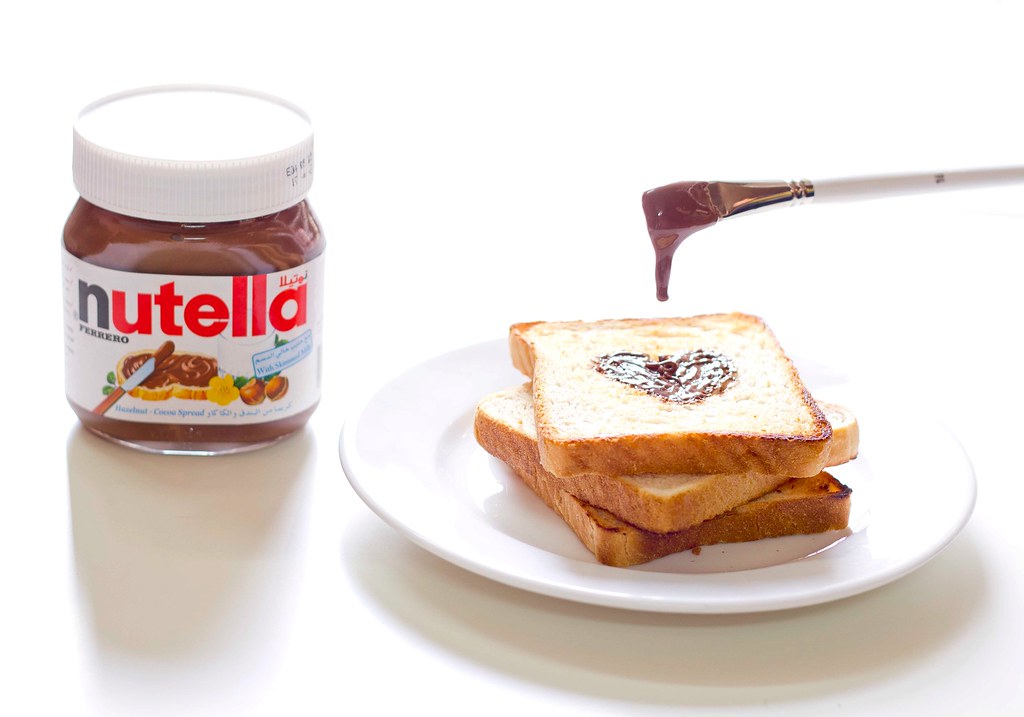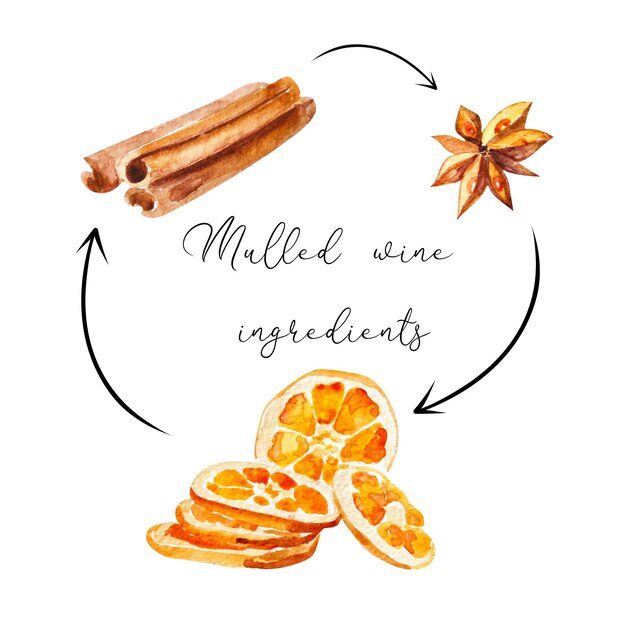How long can you keep pizza good for in the fridge before it goes bad?
Pizza is a delicious and popular food that many people enjoy. Whether it’s a classic Margherita, a meat-loaded pepperoni, or a veggie-packed slice, pizza is a versatile dish that can satisfy almost any craving. However, there are times when you may not be able to finish a whole pizza in one sitting, and you may wonder how long it will last in the fridge.
Properly storing your pizza is essential to maintain its taste, texture, and safety. As a perishable food item, pizza needs to be stored correctly to prevent the growth of bacteria and to keep it fresh for as long as possible. With the right techniques and storage methods, you can extend the shelf life of your leftover pizza and enjoy it later without compromising on quality.
So, how long does pizza last in the fridge? The general rule of thumb is that pizza can last for up to four days in the refrigerator. However, several factors can affect the shelf life of pizza, including the type of toppings, the storage temperature, and the way it was stored. It’s important to consider these factors when determining whether your leftover pizza is still safe to eat.
Understanding the Shelf Life of Pizza
When it comes to enjoying leftover pizza, it is essential to understand its shelf life. Properly storing your pizza can help maintain its quality and prevent foodborne illnesses.
The shelf life of pizza in the fridge varies depending on several factors, including the ingredients, cooking method, and storage conditions. Generally, pizza can last in the fridge for up to four days.
However, it’s crucial to consider the toppings and sauces used on the pizza. Ingredients like raw meat, seafood, and dairy products have shorter shelf lives and can spoil faster. If your pizza has these ingredients, it’s advisable to consume it within two to three days.
To maximize the shelf life of your pizza, it’s important to store it properly. After ordering or making fresh pizza, allow it to cool down before placing it in an airtight container. This will prevent condensation and keep the pizza from becoming soggy.
Additionally, you can extend the shelf life of pizza by using proper refrigeration practices. Place the container with the pizza on the middle shelf of the fridge, as the temperature is more consistent there. Avoid storing pizza in the fridge door, as it is exposed to temperature fluctuations when the door is opened and closed.
If you have a large pizza that you don’t plan on consuming within a few days, consider cutting it into smaller slices and freezing them. Frozen pizza slices can last up to two months in the freezer.
Remember to use your senses to determine if the pizza is still good to eat. If the pizza has an unusual smell, appearance, or texture, it’s best to discard it. Mold growth is also a clear sign that the pizza has gone bad.
In conclusion, understanding the shelf life of pizza can help you make informed decisions about consuming leftover slices. By following proper storage practices and considering the ingredients, you can extend the shelf life of your pizza and enjoy it safely.
Factors Affecting the Longevity of Pizza in the Fridge
When it comes to storing pizza in the fridge, several factors can affect its longevity. Understanding these factors can help you ensure that you store your pizza properly, keeping it safe and enjoyable to eat for as long as possible.
1. Freshness of the pizza: The age of the pizza when you put it in the fridge plays a significant role in how long it will last. If you have just bought a fresh pizza from a restaurant or made it at home, it will generally last longer in the fridge compared to a pizza that has been sitting out at room temperature for several hours.
2. Toppings: The toppings on the pizza can also impact its longevity. Certain toppings, such as vegetables and cooked meats, tend to have a shorter shelf life and can spoil faster. On the other hand, pizzas with toppings like cured meats or hard cheeses can last longer due to their lower moisture content and higher salt content.
3. Storage method: Properly storing your pizza can make a significant difference in its shelf life. It is recommended to store leftover pizza in an airtight container or wrap it tightly in plastic wrap before placing it in the fridge. This helps to retain the freshness and prevent moisture loss, which can lead to a dry and unappetizing pizza.
4. Temperature and humidity of the fridge: The temperature and humidity levels inside your fridge can also impact the longevity of your pizza. It is essential to set your fridge at a cold temperature, ideally below 40°F (4°C), to inhibit the growth of bacteria and slow down the spoilage process. Additionally, keeping your fridge humidity levels in check can prevent the formation of condensation, which can make the pizza soggy.
5. Duration of storage: The longer you keep pizza in the fridge, the higher the chances of its quality deteriorating. While pizza can generally last 3-4 days in the fridge, it is best to consume it within 1-2 days for the best taste and texture.
By considering these factors and following proper storage techniques, you can maximize the longevity of your pizza in the fridge and enjoy it for several days after the initial meal. Remember to always use your judgment and discard any pizza that appears or smells off, as it may no longer be safe to consume.
Best Practices for Storing Pizza in the Fridge
Properly storing pizza in the fridge can help keep it fresh and safe to eat for longer. Here are some best practices to follow:
1. Wrap it up
When storing leftover pizza in the fridge, it’s important to wrap it properly to prevent it from drying out or absorbing odors from other foods. Wrap each slice individually in plastic wrap or aluminum foil. Alternatively, you can use airtight containers or resealable plastic bags.
2. Store in the right spot
Choose the coldest part of your fridge to store the pizza. This is usually the bottom shelf or the back of the fridge. Placing it in a colder section will help maintain its freshness and prevent bacterial growth.
3. Keep it separated
If you have multiple slices of pizza, make sure to separate them before storing. This prevents them from sticking together and becoming mushy. You can use parchment paper or wax paper to separate the slices.
4. Consume within a few days
Although pizza can be stored in the fridge for up to five days, it is best to consume it within two to three days for optimal taste and quality. The longer it sits in the fridge, the higher the chance of it becoming dry or losing its flavor.
By following these best practices, you can ensure that your leftover pizza remains delicious and safe to consume for as long as possible.
Signs of Spoiled Pizza and How to Determine if It’s Safe to Eat
While pizza can last in the fridge for several days, there comes a point when it is no longer safe to eat. It is important to be able to recognize the signs of spoiled pizza to avoid any unpleasant foodborne illnesses. Here are some common indicators that your pizza may have gone bad:
1. Mold or Strange Odor
If you notice any signs of mold on your pizza, such as green or fuzzy patches, it is a sure sign that it has spoiled. Additionally, a strong or off-putting odor coming from the pizza is another indication that it is no longer fresh and safe to consume.
2. Discoloration or Texture Changes
If the pizza crust or toppings have become discolored, such as turning brown or developing dark spots, it suggests that the pizza has started to spoil. Similarly, if the texture of the cheese or toppings feels slimy or mushy instead of firm, it may be an indication that the pizza is no longer safe to eat.
3. Taste Test
While not a foolproof method, your taste buds can often offer a clue about the freshness of pizza. If the pizza tastes sour or has an unpleasant flavor, it is best to discard it to avoid any potential food poisoning.
Overall, trust your senses and err on the side of caution when it comes to consuming leftover pizza. If you notice any of these signs, it is advisable to discard the pizza to ensure your health and well-being.
Alternative Storage Methods for Pizza
If you don’t have enough space in your refrigerator or simply prefer to store your pizza using alternative methods, there are a few options you can consider.
Freezing: Freezing pizza is a great way to extend its shelf life. To freeze pizza, wrap each slice individually in plastic wrap or aluminum foil to prevent freezer burn and moisture loss. Then, place the wrapped slices in a freezer-safe container or airtight bag. Remember to label the packaging with the date to keep track of how long it has been frozen. Frozen pizza slices can last up to 2-3 months but may start to lose their quality after that.
Vacuum Sealing: Vacuum-sealing your pizza slices can also help prolong their freshness. Using a vacuum sealer, remove the air from the packaging to prevent oxygen exposure that can cause freezer burn. This method is especially useful if you plan to store pizza for an extended period. Again, don’t forget to date the package before storing it in the freezer.
Refrigerator Storage Bags: If you can’t find space in your fridge for a whole pizza box, consider transferring the slices to airtight refrigerator storage bags. These bags are specially designed to keep food fresh and prevent odor transfer. Place the slices in separate bags and make sure to squeeze out any excess air before sealing them tightly. This method is ideal for short-term storage, and it helps to maintain the pizza’s quality for up to 3-4 days in the fridge.
Storage Containers: Another option is to use storage containers that are designed to keep food fresh. These containers are usually made of BPA-free plastic and have airtight seals. Make sure to choose a container that can accommodate the size of the pizza slices. Separate each slice with parchment paper to prevent them from sticking together. This method is best for short-term storage in the refrigerator.
Remember, regardless of the storage method you choose, it’s important to always practice proper food safety and adhere to recommended timeframes for storing pizza to ensure it remains safe to eat.
Final Thoughts on Pizza Storage
In conclusion, proper storage of pizza is crucial to maintain its quality and safety. Follow these tips to ensure your leftover pizza stays fresh and enjoyable:
1. Refrigerate promptly:
After enjoying your pizza, make sure to refrigerate any leftovers within two hours. Leaving pizza out at room temperature for too long can lead to the growth of bacteria.
2. Use proper containers:
Store your pizza in airtight containers or wrap it tightly in plastic wrap to prevent air and moisture from causing it to become dry and stale.
3. Label and date:
Write the date on the container or bag that holds the pizza leftovers to keep track of its freshness. Pizza is best consumed within 3-4 days when kept in the refrigerator.
4. Reheat properly:
When reheating your pizza, avoid using the microwave, which can result in soggy crust. Instead, use an oven or stovetop to regain that crispy texture.
Remember, while refrigerating pizza can prolong its shelf life, it will never taste as good as when it’s fresh. If you find yourself with a large amount of leftover pizza, consider sharing it with friends or family to avoid wasting it.
With these tips in mind, you can now confidently store your pizza leftovers and enjoy them for a few more days without compromising taste and quality.
“FAQ:” How long is pizza good for in the fridge
What is a good way to reheat leftover pizza to ensure it remains delicious?
A good way to reheat leftover pizza is to place it in a skillet, allowing it to heat evenly and maintain its original flavor and texture.
How can you store pizza in the freezer for long-term preservation?
To store pizza in the freezer, place the leftover pizza slices in an airtight container or wrap them tightly with plastic wrap to prevent freezer burn and maintain freshness.
What is the recommended method for reheating pizza if you don’t have a microwave?
If you don’t have a microwave, a skillet is a great alternative method for reheating pizza, providing a crispy crust and melted cheese.
How long can you leave cooked pizza in the fridge and still enjoy it safely?
Cooked pizza can last in the refrigerator for about three to four days, making it important to consume leftovers within that timeframe to avoid the risk of food poisoning.
Is it a good idea to let the pizza come to room temperature before reheating?
Yes, it’s a good idea to let the pizza come to room temperature before reheating to ensure even heating and prevent the risk of unevenly cooked portions.
What is the best way to store pizza in the refrigerator to keep it fresh for a longer time?
To keep pizza fresh for a longer time in the refrigerator, store it in an airtight container or wrap it tightly with plastic wrap, preventing moisture and odors from affecting the taste.
Can you check the pizza for signs of spoilage before reheating it?
Before reheating, check the pizza for any signs of spoilage, such as off smells, mold, or an unusual texture, to ensure you are not consuming bad pizza.
How can you safely store extra pizza to extend its shelf life?
Safely store extra pizza by placing it in an airtight container or wrapping it tightly with plastic wrap, reducing exposure to air and preventing the pizza from becoming stale.
What is the recommended way to reheat pizza if you want to preserve the crispiness of the crust?
If you want to preserve the crispiness of the crust, the recommended way to reheat pizza is to use a skillet, allowing for an even and crispy reheating process.
How long will cooked pizza remain safe to eat even if the pizza was stored in the refrigerator?
Even if the pizza was stored in the refrigerator, cooked pizza will remain safe to eat for about three to four days, after which it’s advisable to consume it promptly.
How can you reheat leftover pizza using a toaster oven?
Reheat leftover pizza in a toaster oven by placing the slices directly on the oven rack or using a baking sheet. This helps maintain the crispiness of the crust.
Is it advisable to store your leftover pizza in the cardboard box it came in?
It’s not recommended to store leftover pizza in the cardboard box it came in, as the cardboard can absorb moisture and affect the pizza’s texture. Use an airtight container or plastic wrap instead.
What is the optimal way to store your leftover pizza to keep it fresh?
To keep leftover pizza fresh, store it in an airtight container or wrap it tightly with plastic wrap. This prevents moisture and odors from affecting the taste and texture of the pizza.
How long should you let pizza sit after taking it out of the oven before storing leftovers?
Allow pizza to sit for a few minutes after taking it out of the oven to let the cheese set and prevent it from becoming soggy when stored.
Can you reheat pizza in the oven, and what is the recommended method?
Yes, you can reheat pizza in the oven by placing it directly on the oven rack or using a baking sheet. This helps ensure even heating and preserves the pizza’s original texture.
What is the recommended method to reheat frozen pizza for optimal taste?
To reheat frozen pizza, it’s best to place it directly in the oven, ensuring even heating and preserving the original texture and flavor.
How long is pizza good in the fridge, and what’s the ideal way to store it?
Pizza can remain good in the fridge for about three to four days. To store it, place the leftover pizza in an airtight container or wrap it tightly with plastic wrap.
What should you do before putting the pizza in the oven to ensure it reheats well?
Before putting the pizza in the oven, remove it from the refrigerator and let it come to room temperature. This helps prevent uneven reheating and maintains the pizza’s delicious taste.
Is it advisable to use a skillet to reheat pizza, and how does it affect the pizza?
Using a skillet to reheat pizza is advisable as it helps create a crispy crust and melty cheese, enhancing the overall taste and texture of the leftover pizza.
How can you ensure your homemade pizza ideas result in a pizza that stays fresh for a longer time?
To keep homemade pizza fresh for a longer time, store it in an airtight container or wrap it tightly with plastic wrap, preventing exposure to air and maintaining its quality.





